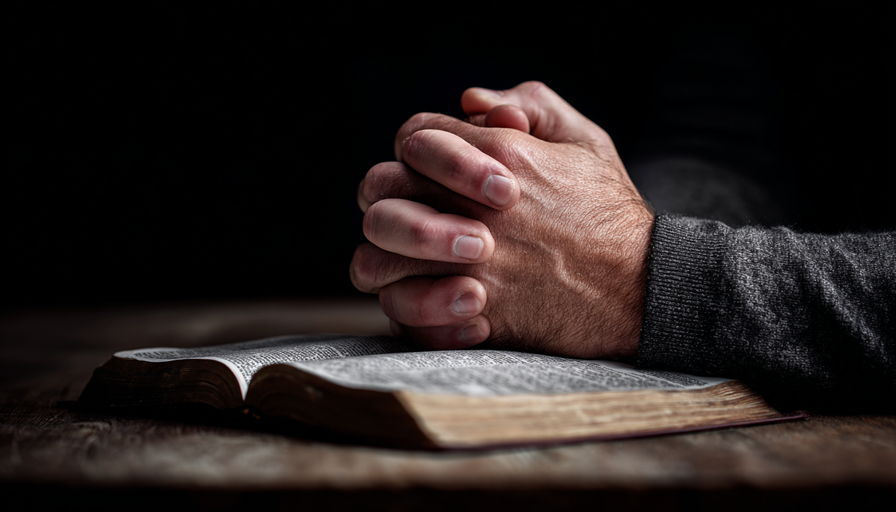8 Types of Grief with Real-Life Examples and Coping Tips
Grief is one of the hardest emotions we face. It touches nearly every part of our lives, our hearts, our thoughts, and even our bodies. While the death of a loved one is most often linked to grief, other losses can trigger it as well: the end of a relationship, losing a job, moving away from home, or a serious change in health.
One important truth about grief is that it looks different for everyone. It changes depending on the person, the type of loss, and the circumstances. Recognizing the different forms of grief can help us better understand our own experiences and show compassion to others who may grieve in ways we don’t expect.
Below are eight common types of grief, each illustrated with real-life examples.
1. Normal Grief
This is what most people picture when they think about mourning. It includes sadness, longing, and moments of heartache, but usually allows a person to keep functioning. Over time, the intensity softens, though the loss is never forgotten.
Example: When Karen’s father passed away, she often cried and found it difficult to sit at the dinner table without him. At first, the pain felt unbearable, but after several months she began to experience moments of peace, especially when sharing funny stories about him with her siblings. Her grief didn’t disappear, but it became less constant and easier to carry.
2. Anticipatory Grief
Sometimes grief begins before a loss occurs. This happens when a loved one is facing a terminal illness, a major decline in health, or another life change that is clearly approaching. People often find themselves mourning what’s coming, even while their loved one is still alive.
Example: David’s wife was diagnosed with Alzheimer’s disease. While she was still physically present, each lost memory felt like a small goodbye. He grieved the conversations they could no longer share and the daily routines that slowly faded away.
3. Complicated Grief
For some, grief does not ease with time. Instead, it remains overwhelming and makes daily functioning difficult, sometimes lasting months or years. This is known as complicated grief. Or, in clinical terms, Prolonged Grief Disorder. It often feels like being stuck in the moment of loss.
Example: Emily lost her teenage son in a car accident. Three years later, she still could not bring herself to enter his room. Friends encouraged her to work again and socialize, but she felt frozen in sorrow. Imagining a future without him seemed impossible.
4. Disenfranchised Grief
This form of grief occurs when a person’s loss is not recognized or validated by others. Society may not see it as a “real” loss, leaving the grieving person feeling isolated and unsupported. Examples include the loss of a pet, miscarriage, infertility struggles, the death of an ex-partner, or losing a job or home.
Example: Mark lost his longtime partner. Because his family had never accepted their relationship, he was excluded from most funeral arrangements. His sorrow was real, but without support or recognition, his grief felt unbearably lonely.
5. Delayed Grief
Sometimes emotions don’t surface right away. People may push them aside in order to handle practical matters or stay strong for others. Eventually, though, those feelings resurface, often unexpectedly, even years later.
Example: When Jenna’s grandmother died, she stayed busy organizing the funeral and supporting her mother. She hardly cried at the time and thought she had coped well. Years later, while baking her grandmother’s cookie recipe, she suddenly broke down in tears as all the emotions came flooding back.
6. Collective Grief
Grief is not always individual. Sometimes it is shared by a community, a nation, or even the world. Collective grief arises after tragedies, disasters, or events that affect large groups of people, binding them together in mourning.
Example: After a devastating hurricane struck her coastal town, Michelle attended candlelight vigils where hundreds of neighbors gathered. Even strangers embraced, united in sorrow for their community and the lives lost.
7. Inhibited Grief
Inhibited grief occurs when someone avoids expressing their emotions. They may immerse themselves in work or distractions, insisting they are “fine.” Over time, however, unspoken grief can surface in physical symptoms such as fatigue, headaches, or anxiety.
Example: Robert’s wife passed away after a long illness, but he refused to talk about it. Instead, he worked long hours, claiming it kept him busy. Months later, he developed chronic migraines and exhaustion. His hidden grief taking a toll on his health.
8. Cumulative Grief
When multiple losses happen close together, the weight of grief can become overwhelming. Each new loss adds to the previous one, leaving little space for healing.
Example: Within two years, Anna lost her grandmother, her job, and her closest friend. Each time she began processing one loss, another followed. The constant cycle left her emotionally drained and struggling to find hope.
Why Understanding the Different Types of Grief Matters
Recognizing that grief has many forms is vital for both self-awareness and compassion. Too often, people compare their experiences, assuming they should “move on” faster. In reality, grief is deeply personal, and there is no universal timeline.
Understanding these types of grief can help us:
- Validate our feelings. Whether grief comes early, lingers too long, or feels invisible to others, it is still real.
- Support loved ones. Knowing the many faces of grief helps us offer empathy instead of judgment.
- Seek help when needed. Some forms, such as complicated or inhibited grief, may benefit from professional support.
Coping with Grief
There is no single approach that works for everyone, but a few strategies can make the journey more bearable:
- Talk about it. Sharing your feelings with a trusted friend, counselor, or support group can ease the sense of isolation.
- Allow emotions to surface. Crying, journaling, or creating art can provide an outlet for pain.
- Take care of your body. Eating well, resting, and gentle exercise help manage the physical strain of grief.
- Be patient with yourself. Healing does not follow a straight path. Some days will be lighter, others heavier. That doesn’t mean you are moving backward.
Looking for more guidance and inspiration?
For practical strategies, explore our blog How to Cope with Loss: 10 Proven Grief Therapy Techniques.
For comforting words that can provide solace, read Finding Solace: Powerful Quotes About Grief and Loss.
Final Thoughts
Grief is not one-size-fits-all. It may appear suddenly, arrive early, linger longer than expected, or go unnoticed by others. What matters most is recognizing that every form of grief deserves compassion and space to heal.
If you or someone you know is struggling with loss, remember that help is available. Reaching out to a therapist, a support group, or a trusted friend can make the burden easier to carry. Healing does not mean forgetting. It means learning to live with loss while still holding onto love.
If you have questions, would like to share your own experience, or feel something is missing from this article, please reach out to us via the contact form. We’re here to listen.

















